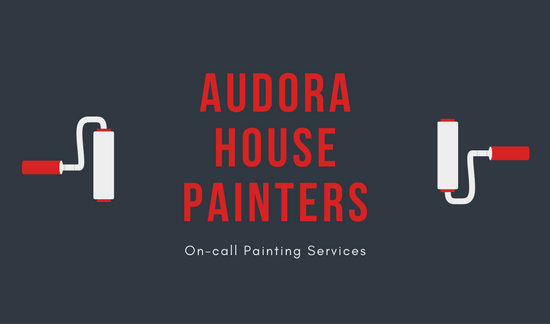Yearning For A Flawless Finish? Discover Just How Weather Condition Elements Can Guide The Success Of Your Exterior Painting Task, Unraveling Vital Secrets For An Expert Outcome
Yearning For A Flawless Finish? Discover Just How Weather Condition Elements Can Guide The Success Of Your Exterior Painting Task, Unraveling Vital Secrets For An Expert Outcome
Blog Article
Post By-Conradsen Hjorth
Comprehending just how weather conditions can influence the outcome of an exterior painting venture is paramount for attaining a perfect surface. From temperature level variations changing paint bond to moisture levels influencing drying times, each component of weather condition plays a substantial role in the success of your task. Furthermore, wind rate and rainfall can introduce unforeseen difficulties that may endanger the high quality of the result. As we browse via the nuances of weather condition's impact on external painting, it becomes apparent that thorough preparation and tactical timing are crucial for guaranteeing a specialist and sturdy result.
Perfect Temperature Level Range for Painting
When considering exterior painting jobs, the suitable temperature level variety plays a critical duty in attaining ideal results. Painting in the best temperature problems makes sure that the paint adheres properly to the surface, dries out uniformly, and cures properly. Typically, the advised temperature variety for external painting is in between 50 to 85 levels Fahrenheit.
Paint in temperatures below 50 degrees Fahrenheit can bring about concerns such as poor paint adhesion, extended drying out times, and an increased likelihood of breaking or peeling.
On the other hand, painting in temperature levels over 85 degrees Fahrenheit can trigger the paint to completely dry also quickly, bring about blistering, gurgling, and an irregular coating.
To accomplish the best outcomes, it is necessary to examine the weather forecast prior to starting an outside paint project. Preferably, objective to repaint throughout light weather with moderate temperature levels and low humidity levels.
Results of Humidity on Paint Drying
Humidity levels dramatically affect the drying out process of paint related to exterior surfaces. over here can lengthen the drying out time of paint, resulting in potential issues such as trickling, spotting, and even the formation of bubbles on the painted surface area. Excess moisture airborne slows down the evaporation of water from the paint, hindering the healing procedure. https://claytonlxhpy.yomoblog.com/40467466/identify-the-vital-concerns-to-ask-when-hiring-home-painters-and-uncover-the-insights-for-transforming-your-home-with-a-fresh-application-of-paint is specifically troublesome for water-based paints, as they depend on evaporation for drying out.
On the other hand, reduced moisture levels can additionally affect paint drying out. Very completely dry conditions might trigger the paint to completely dry as well promptly, leading to inadequate attachment and a harsh coating. In such cases, including a paint conditioner or spraying a great mist of water in the air can help control moisture levels and boost the paint outcome.
To make certain ideal drying conditions, it is recommended to repaint when the moisture degrees vary in between 40% and 50%.
Tracking moisture levels and taking ideal actions can help accomplish a smooth and sturdy paint surface on outside surfaces.
Wind and Rainfall Considerations
Wind speed and rainfall are important elements that substantially impact the success of an exterior paint job.
When it comes to wind, both speed and instructions are crucial factors to consider. High wind rates can cause paint to completely dry too quickly, causing a substandard completed with potential concerns like cracking or unequal structure. In addition, wind can lug debris that might follow the damp paint, resulting in flaws. For that reason, painters ought to aim to service days with light to modest winds for optimum paint conditions.
On the other hand, rainfall, whether rainfall or snow, can be incredibly harmful to the result of an exterior paint task. Dampness from precipitation can prevent paint bond, triggering peeling off and bubbling over time. It is critical to avoid paint during stormy or snowy climate to ensure the longevity and top quality of the paint job. Painters must additionally enable adequate time for the surface area to dry thoroughly after any type of rainfall before starting or returning to the paint procedure.
Verdict
Finally, weather play a substantial function in the outcome of an exterior paint task. The ideal temperature variety, humidity levels, wind rate, and precipitation all add to the success or failure of the paint work.
It is essential to take into consideration these variables and strategy accordingly to make certain proper paint bond, drying times, and overall top quality of the finished product.
